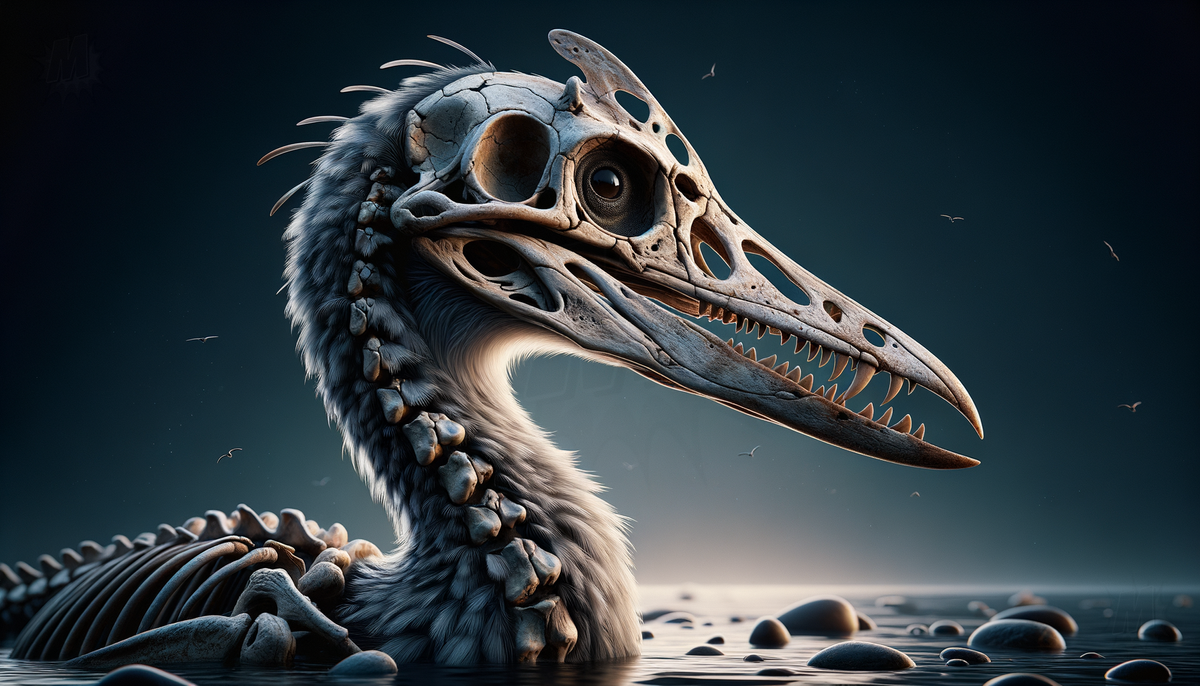First Intact Skull of 500-Pound 'Giga-Goose' Discovered in Australia

Researchers from Flinders University in Australia have uncovered nearly complete fossil remains of Genyornis newtoni, a 500-pound flightless bird that went extinct approximately 45,000 years ago. The fossils, discovered in South Australia's Lake Callabonna, include a nearly intact skull, which provides significant new insights into the bird's morphology and ecological niche. Previously, only one other skull of Genyornis had been found in 1913, but it was heavily damaged and yielded limited information.
The newly discovered skull reveals that Genyornis had a tall upper jaw similar to a parrot's but shaped like a goose's, along with a large braincase and a casque, a bony enlargement on the top of its head. These features suggest that the bird was adapted for semi-aquatic environments, potentially feeding in water. The study, published in Historical Biology, also hints at evolutionary links between Genyornis and other waterfowl, such as the Australian magpie goose and South American screamers. While the exact cause of Genyornis's extinction remains uncertain, this discovery has provided a clearer understanding of its lifestyle and ecological role during the Ice Age.




